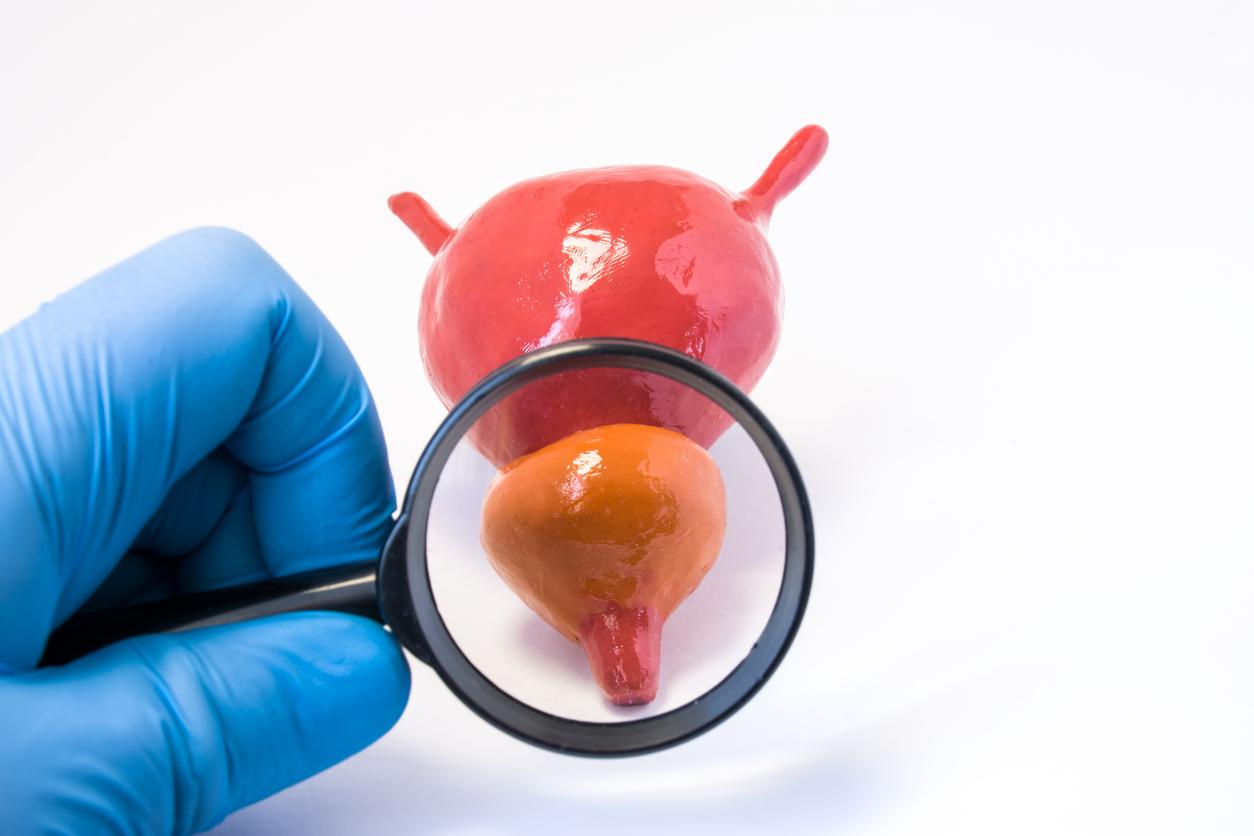New research claims that genes from the virus may be able to integrate into our DNA.

- This would explain why some people, who have been cured, test positive for SARS-CoV-2 again months later.
- A first pre-publication, last December and since deleted, had been strongly criticized for lack of sufficient evidence.
- This time, the researchers put forward more evidence, but their results were discovered in the laboratory and deserve confirmation.
Can we believe it? American researchers from the prestigious Massachusetts Institute of Technology (MIT) have provided new evidence suggesting that SARS-CoV-2 genes can integrate into our DNA. In a study published in the PNAS, they show, thanks to the culture of cells in the laboratory, how genetic fragments of the coronavirus can integrate into our chromosomes. They even claim to have “unequivocal evidence that coronavirus sequences can integrate into the genome”. This could, according to them, explain why some people, although cured, are again tested positive for SARS-CoV-2 months later, although there is no evidence of viral replication.
A first pre-publication deleted
To reach these conclusions, the researchers rely on the ability of an enzyme present in human cells to transform viral sequences into DNA to insert them into our chromosomes. This enzyme, reverse transcriptase, is encoded by LINE-1 (L1) elements, sequences that span approximately 17% of the human genome and represent artifacts of ancient retrovirus infections. The majority of these elements remain inactive but some, called retrotransposons, retain the ability to move autonomously within the genome.
The researchers started from this postulate to study, during laboratory experiments, whether this same mechanism can occur with coronavirus artefacts. In a preprint published last December, they argued that when human cells enriched in LINE-1 elements were infected with the coronavirus, DNA versions of SARS-CoV-2 sequences managed to nest in the cells’ chromosomes. . These results earned their authors numerous criticisms and the pre-publication to be suppressed. Among the critics, British researchers pointed out, in a study pre-published on March 5 in the journal bioRxiv, that the technique used influenced the results since the putative viral-human DNA chimeras were systematically created by the very technique that allowed them to be detected in the chromosomes. A study conducted by Chinese researchers, and published on February 25 in the journal Frontiers in Cellular and Infection Microbiologyclaimed that the coronavirus interacts with the endogenous retrotransposon in human cells.
new evidence
In this new research, MIT scientists have provided new evidence that artifacts alone cannot explain the detected levels of viral-human chimeric DNA. Furthermore, they showed that portions of LINE-1 elements flanked the viral genetic sequence, indicating that sequences of SARS-CoV-2 RNA can be reverse-transcribed and integrated into the genome of the infected cell. before being expressed as chimeric transcripts, fusing the virus with human cellular sequences.
Results that leave other specialists perplexed
For Cedric Feschotte, who studies endogenous retrovirus fragments in the human genome at Cornell University, the hypothesis put forward by MIT researchers is “plausible” but the scientist calls for more evidence before claiming that the virus is able to penetrate the genome. “The cell culture integration data is much more compelling than what was presented in the preprint, but it’s still not entirely clear.”, he claimed in an article published in the journal Science. Furthermore, the data presented only results from laboratory manipulations. “The clinical or biological significance of these observations, if any, is a matter of pure speculation at this stage.“, he believes.
The journal article Science also quotes Harmit Malik, a specialist in ancient viruses of the human genome at Fred Hutchinson Cancer Research Center in Seattle, which deems relevant the question of why people who should have eliminated the virus for good are getting positive PCR test results. However, the explanation provided by the MIT researchers leaves him perplexed, pointing out that “under normal circumstances there are few reverse transcription mechanisms available” in human cells.

.

















